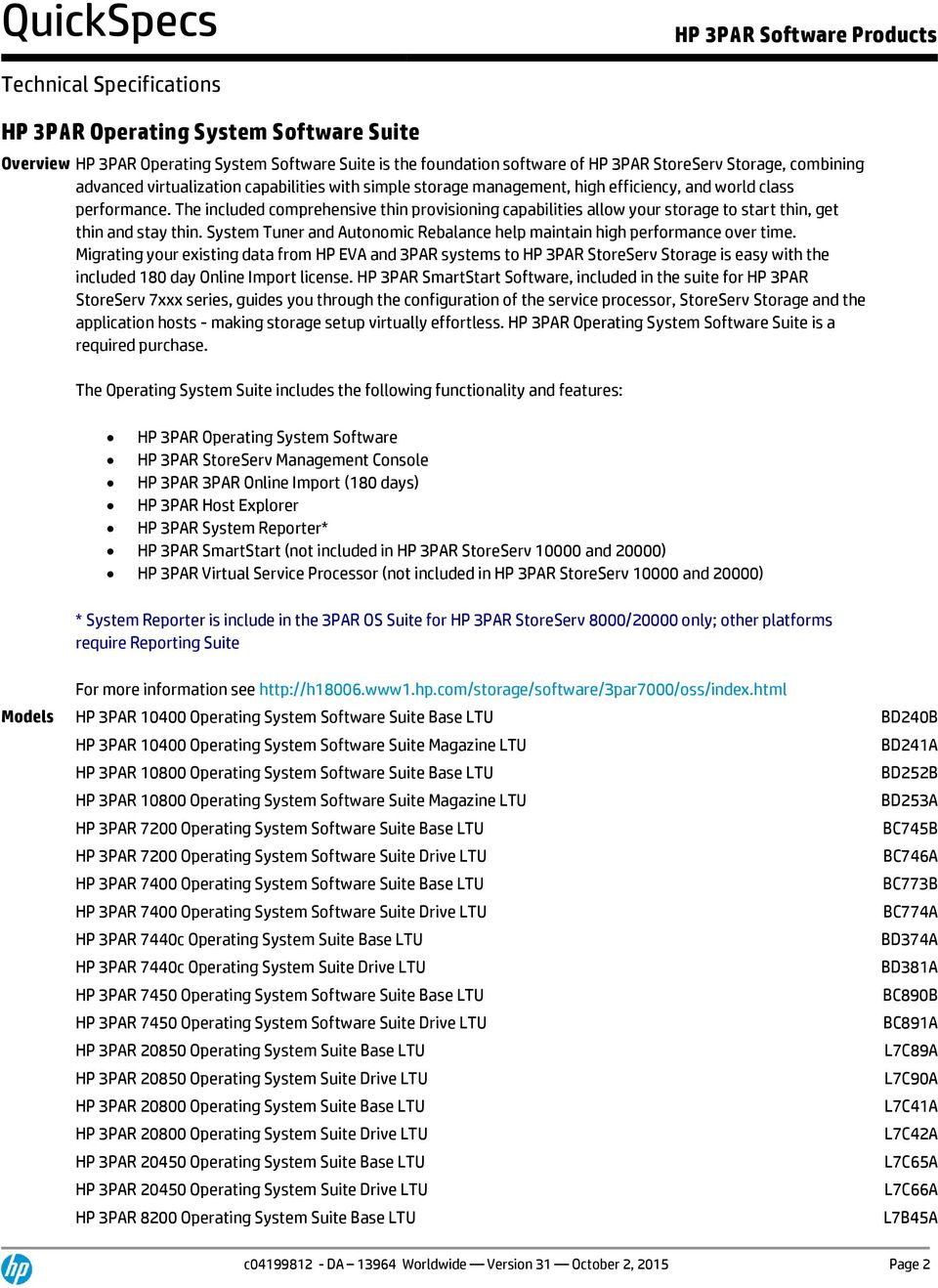


Deduplication ratios do not include savings from inline zero-block detection.ĭeduplication ratios are calculated as follows: The deduplication ratio for a virtual volume is the ratio of the physical space that would have been used without deduplication, compared to the physical space used for the virtual volume. The compaction ratio is the sum of the virtual sizes of all base volumes and snapshots in the group, divided by the sum of the physical space used for the base volumes, snapshots, and Dedup Store. The compaction ratio is the sum of the virtual sizes of all base volumes and snapshots in the group, divided by the sum of the physical space used for the base volumes, snapshots, and Dedup Store.Ĭommon provisioning group. The compaction ratio is the sum of the virtual sizes for the base volume and its snapshots, divided by the sum of the physical space used for the base volume and its snapshots and associated physical space in the Dedup Store.įully provisioned virtual volume. Thinly deduplicated virtual volume family. The compaction ratio is the sum of the virtual sizes for the base volume and its snapshots, divided by the sum of the physical space used for the base volume and its snapshots. Thinly provisioned virtual volume family. The compaction ratio is the virtual size, divided by the sum of the physical space used for the volume and the associated physical space in the Dedup Store.

The compaction ratio is the virtual size, divided by the physical space used for the volume. For example, if a 10 GiB thinly provisioned base virtual volume uses 2.5 GiB of physical space, the compaction ratio is 4:1.Ĭompaction ratios are calculated as follows: The compaction ratio for a virtual volume is the ratio of the virtual size compared to the physical space used for the virtual volume. HPE SSMC reports several metrics that indicate the capacity efficiency of HPE 3PAR storage systems.


 0 kommentar(er)
0 kommentar(er)
